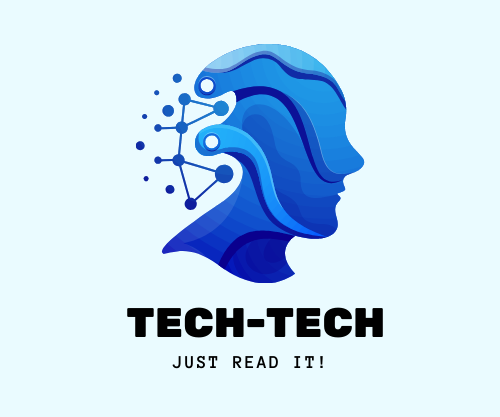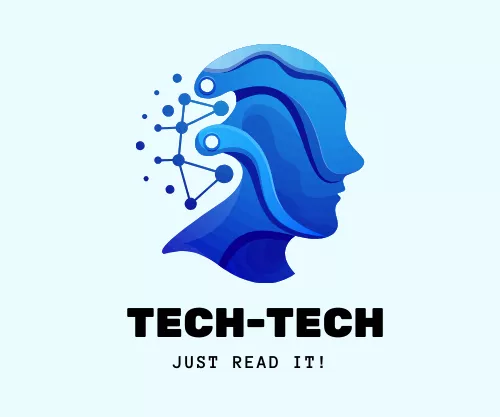At Banque Verdienne, a prestigious Franco-German private bank, the IT department is in crisis. A culture of constant firefighting, siloed teams, outdated processes, and a pervasive culture of blame has left the bank’s technology operations in a fragile state. Business divisions, led by outspoken figures like Joséphine Charron from Private Banking, have grown increasingly frustrated by delayed projects and unreliable systems. The pressure mounts as the Business teams threaten to outsource software development to external providers, jeopardizing the future of the internal IT department.
In response to this crisis, the bank launched Galite, a high-stakes transformation project aimed at revitalizing the Tunis-based Software Development Factory (SwDF). Galite’s mission is clear: to unify development and operations teams, simplify workflows through automation, and amplify success through data-driven practices like DevOps, Agile, and Site Reliability Engineering (SRE). To demonstrate the potential of this transformation, the team selects a pilot application as proof of concept, one that will embody these principles and demonstrate how they can significantly improve service quality and system reliability.
The story follows Slim Benali, a quiet, enigmatic Tunisian developer who is secretly tasked by Pierre Olivier, the Managing Director, to infiltrate the IT department and uncover its dysfunctions. Blending in with the SwDF teams, Slim witnessed firsthand the challenges of implementing Galite in an environment resistant to change:
- Gabriel Garnier, the authoritarian Head of Development, stifles collaboration with his top-down approach.
- Mohamed Ben Jemaa, the Head of Nearshore IT, is caught in a difficult position. Though he has good intentions and fights every day to support his team, he is trapped by the hierarchical power structure of Paris, which sees the Tunis site as an executive body, not a decision-making body. This limits Mohamed’s ability to advocate for his team and contribute meaningfully to change.
- Joséphine, the anxious and combative BV of Private Banking, escalates minor issues into full-blown crises, feeding the flames of distrust between IT and the Business teams.
Despite these challenges, Galite begins to gain traction. The team behind the pilot app faces a major setback when one of their top developers threatens to leave the project unless his salary is doubled. This act of betrayal sends shockwaves through the team, risking a delay in the project. However, instead of giving in, the team rallies together, finding solidarity and a renewed focus to push the pilot app forward.
As Galite progresses, the stakes rise further when a partnership with an external software provider fails disastrously due to integration issues with the bank’s legacy systems. The failure exposes the risks of outsourcing and forces the Business teams to reconsider their criticisms of internal IT. Amidst the chaos, Slim begins to introduce frameworks like DORA, SPACE, and ITIL, emphasizing the importance of collaboration, iterative improvement, and system reliability. Slowly, the IT department’s culture begins to shift, with error budgets, shared metrics, and blameless retrospectives becoming integral to the team’s new approach.
The climax arrives during the “last sprint” to complete the pilot app, a critical deadline that will determine the future of Galite. With the pressure mounting, the SwDF team combines technical ingenuity, collaboration, and humor to deliver the app on time, demonstrating the transformative power of Galite. For the first time in years, the bank’s IT metrics turn green, and Business satisfaction begins to rise, marking a new era for the IT department.
In a final twist, Slim’s role as the Managing Director’s secret observer is revealed. Instead of facing backlash, he is celebrated for his insights and the pivotal role he played in guiding the team through their transformation. Mohamed Ben Jemaa also finds his voice, no longer the passive bystander but a leader advocating for his team and the Tunis site. His alliance with Slim becomes a symbol of change, as both of them work to bring new, more collaborative practices into the fold. The once fractured systems are now a model of collaboration and innovation, proving that even the most broken organizations can be rebuilt from the ground up.
The Last Sprint is more than just a technical transformation—it’s a journey of resilience, trust, and the human spirit. The story reveals that real change isn’t driven solely by technology, but by the people who come together to make it happen. It shows that the future of any IT department relies not just on technical tools and frameworks but on the trust, collaboration, and shared vision that bind teams together. Through this transformation, both Slim and Mohamed learn the importance of empowerment, communication, and courage—the lessons they carry forward as they help lead the way into a brighter future.
The Last Sprint blends technical depth with workplace drama, incorporating Agile, DevOps, and SRE principles into a story that is both gripping and inspiring. The book shows how a team can be transformed—not by simply adopting new tools, but by fostering human connections, trust, and a shared commitment to collaboration and excellence.


